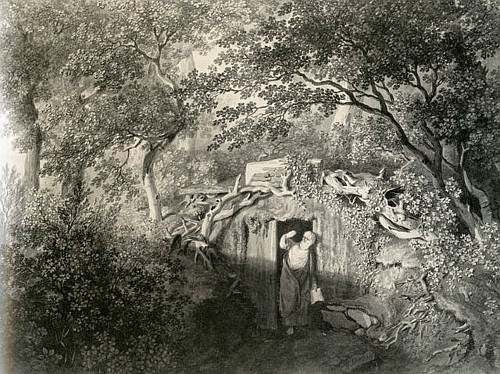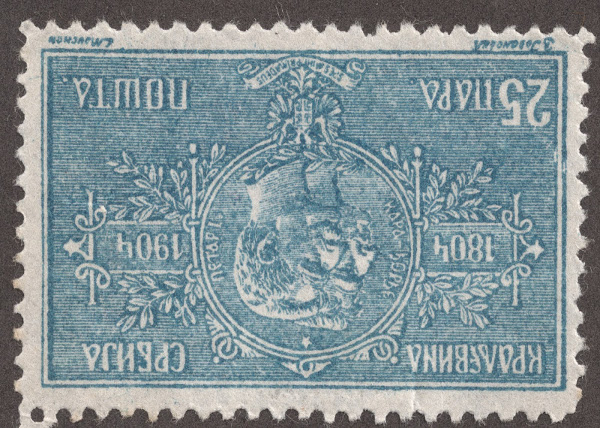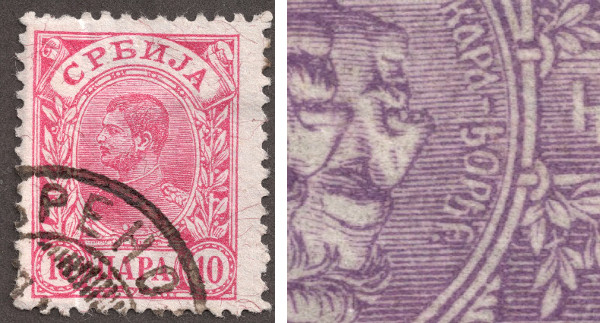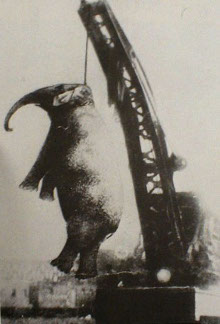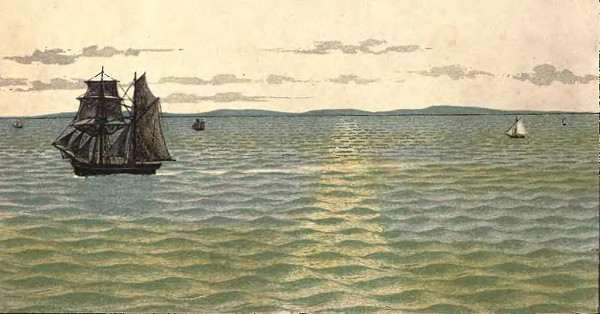In his 1880 autobiography, Henry Armitt Brown recalls a strange incident from his student days. While a law student in November 1865, he had gone to bed one midnight and dreamed that he was lying on the cobblestones of a narrow street, held down by a “low-browed, thick-set man” who was bent on killing him. He threw the man off and bit at his throat, but the man smiled and brought out a bright hatchet. Brown’s friends leaped to his aid, but as they did so “I saw the hatchet flash above my head and felt instantly a dull blow on the forehead.” He tasted blood and seemed to hover in the air over his own body, where he could see “the hatchet sticking in the head, and the ghastliness of death gradually spreading over the face.”
The following morning, as they walked to school, a friend of his remarked that he’d had a strange dream that night. “I fell asleep about twelve and immediately dreamed that I was passing through a narrow street, when I heard noises and cries of murder. Hurrying in the direction of the noise, I saw you lying on your back fighting with a rough laboring man, who held you down. I rushed forward, but as I reached you he struck you on the head with a hatchet, and killed you instantly.” At Brown’s inquiry he described the murderer as “a thick-set man, in a flannel shirt and rough trousers: his hair was uncombed, and his beard was grizzly and of a few days’ growth.”
A week later Brown called at a friend’s house in New Jersey:
‘My husband,’ said his wife to me, ‘had such a horrid dream about you the other night. He dreamed that a man killed you in a street fight. He ran to help you, but before he reached the spot your enemy had killed you with a great club.’
‘Oh, no,’ cried the husband across the room; ‘he killed you with a hatchet.’
“I remembered the remark of old Artaphernes,” Brown wrote, “that dreams are often the result of a train of thought started by conversation or reading, or the incidents of the working time, but I could recall nothing, nor could either of my friends cite any circumstance ‘that ever they had read, had ever heard by tale or history,’ in which they could trace the origin of this remarkable dream.”



